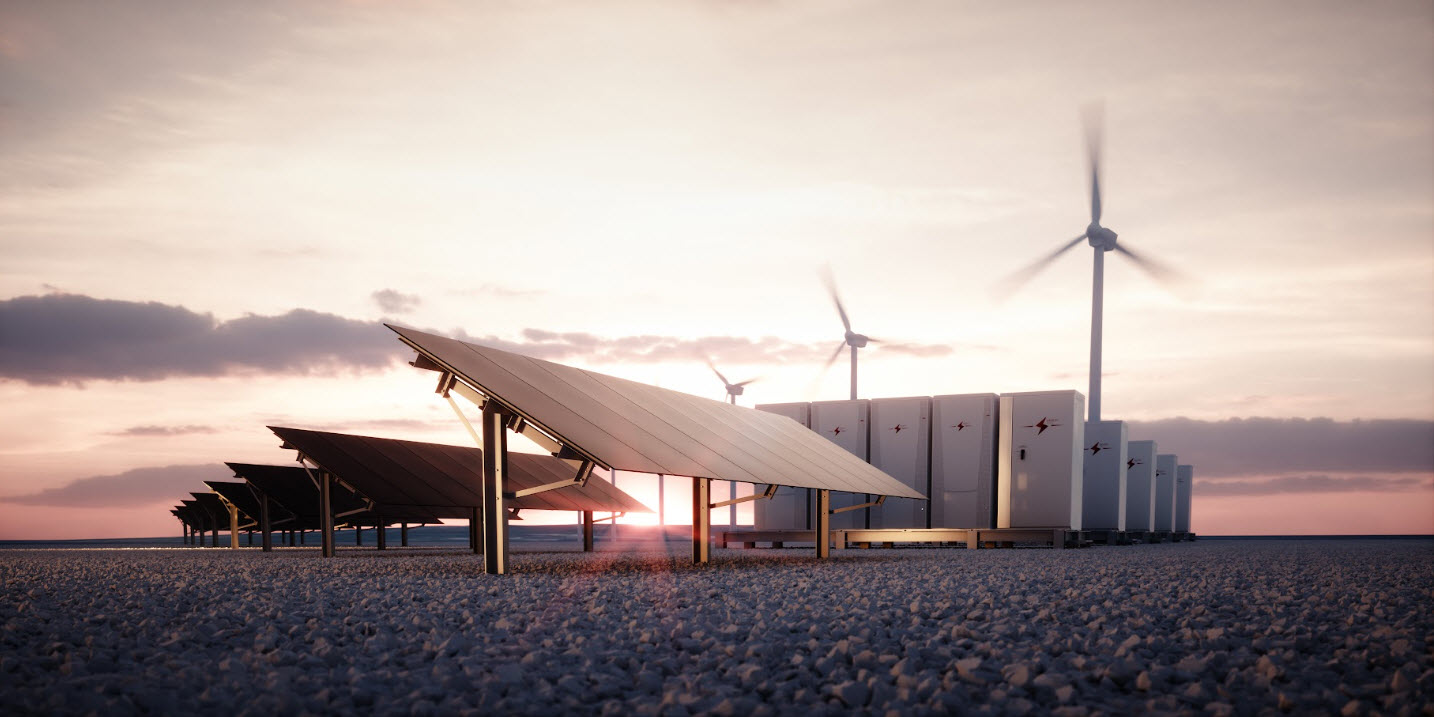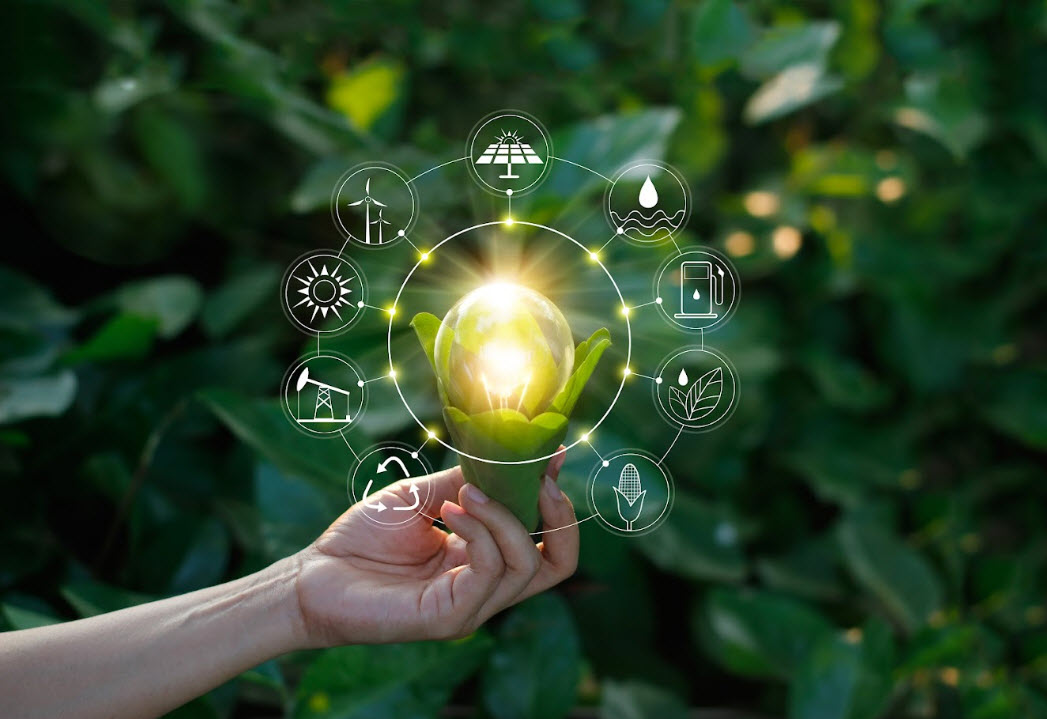It may come as a surprise to some that Canada does not have a singular electricity grid, but rather a diverse network of grids across the country.
Canada's electricity infrastructure consists of multiple grids, each governed and regulated by its respective province or territory. These also vary in systems and resources for producing electricity, with some regions having ample access to water resources, while others rely heavily on nuclear energy or oil and gas.
Pan-Canadian groundwork underway
While ambitious, a proposed pan-Canadian grid could connect Canada’s electricity systems together, enabling the sharing of resources and electricity across the country. This plan is something Canada is seriously working towards as it strives to achieve a 100 per cent net-zero electricity system by 2035, and net-zero gas emissions country-wide by 2050.
“An integrated approach to our electricity systems would allow provinces to take advantage of different technology and resources from other regions, reduce costs, and meet their climate targets in a way that is affordable, resilient, reliable and clean,” says Moe Kabarra, Vice President of The Transition Accelerator, a non-profit organization dedicated to accelerating the transition to a low-carbon economy and advancing Canada’s 2050 climate target. Their Electrifying Canada initiative is focused on widespread electrification.
Working closely with Natural Resources Canada, Electrifying Canada has already brought together a diverse group of stakeholders, including government, Indigenous peoples, industry, labour and civil society, to develop a roadmap for the electrification of Canada.
The roadmap will run in parallel, says Kabbara, with the federal government’s recently announced Electricity Advisory Council, and outline recommendations to create a pan-Canadian electricity grid, including identifying the infrastructure needed, the regulatory and policy changes required, and the necessary investments to make it happen.
But first, the focus is on 2035 and net-zero electricity
While the benefits of a pan-Canadian electricity grid are numerous, Kabbara says that achieving a net-zero electricity system by 2035 doesn’t hinge on a fully integrated pan-Canadian grid.
Decarbonizing Canada’s entire electricity sector will require a profound transformation of how we produce and distribute electricity in order to eliminate greenhouse gas emissions. Luckily, Canada is one of the world’s largest producers of wind and solar energy. “We're starting with the end state, knowing that we need an electricity system that is affordable, reliable and clean, and then working backwards from there” says Kabbara. “Electrification is basically moving away from technology that uses fossil fuels like coal, oil, and natural gas, to technology that uses electricity as a form of energy.”
Studies consistently show that the majority of new electricity is going to come from wind and solar because they are the lowest cost options for new electricity production in our world today.
The Canadian Climate Institute agrees. In its report, Bigger, Cleaner, Smarter: Pathways for Aligning Canadian Electricity Systems with Net Zero, the Institute states that “in pursuit of net zero, the share of variable renewable energy in electricity supply will have to increase in every region of Canada, placing it among the most important safe bets for transforming electricity systems. This prominent role stems from the fact that the cost of variable renewable energy - in particular solar photovoltaic and wind power - continues to rapidly decline. From 2010 to 2019 the average cost of solar photovoltaic declined globally by 82 per cent, while the costs of on-shore and off-shore wind declined by 40 per cent and 29 per cent respectively.”
“In terms of Canada’s position, we want to be able to participate and get all of the economic benefits that come from this, to be an actual global leader,” says Kabbara. “And we do have that opportunity, because we have access to critical minerals and metals; we have access to technology and intellectual property development; we have the electricity advantage.”
In fact, with Canada’s electricity sector already more than 80 per cent emission free today, our clean electricity advantage is attracting more manufacturing and private companies. Using Canada’s clean power supply, companies can also meet their own greenhouse gas emission targets. Just look at recent 2023 announcements from automakers like Volkswagen’s $20-billion Ontario battery factory, Ford turning its Oakville auto assembly plant into a $1.8 billion EV industrial park, and auto-supplier Magna investing half a billion dollars into the EV supply chain right here in Ontario.
For our part, Hydro Ottawa is the largest municipally-owned producer of green power in the province; producing 131 megawatts of clean energy through our hydroelectric, solar and biomass generation installations. That’s enough to power 110,000 homes annually (or a third of our customers in the nation’s capital). And in 2021, we declared that we will be the first municipally-owned utility in Canada to achieve net zero operations by 2030.
For more of our interview with Moe Kabbara and his thoughts on Canada’s electrified future, a pan-Canadian grid and so much more, listen to the ThinkEnergy podcast episode here.


